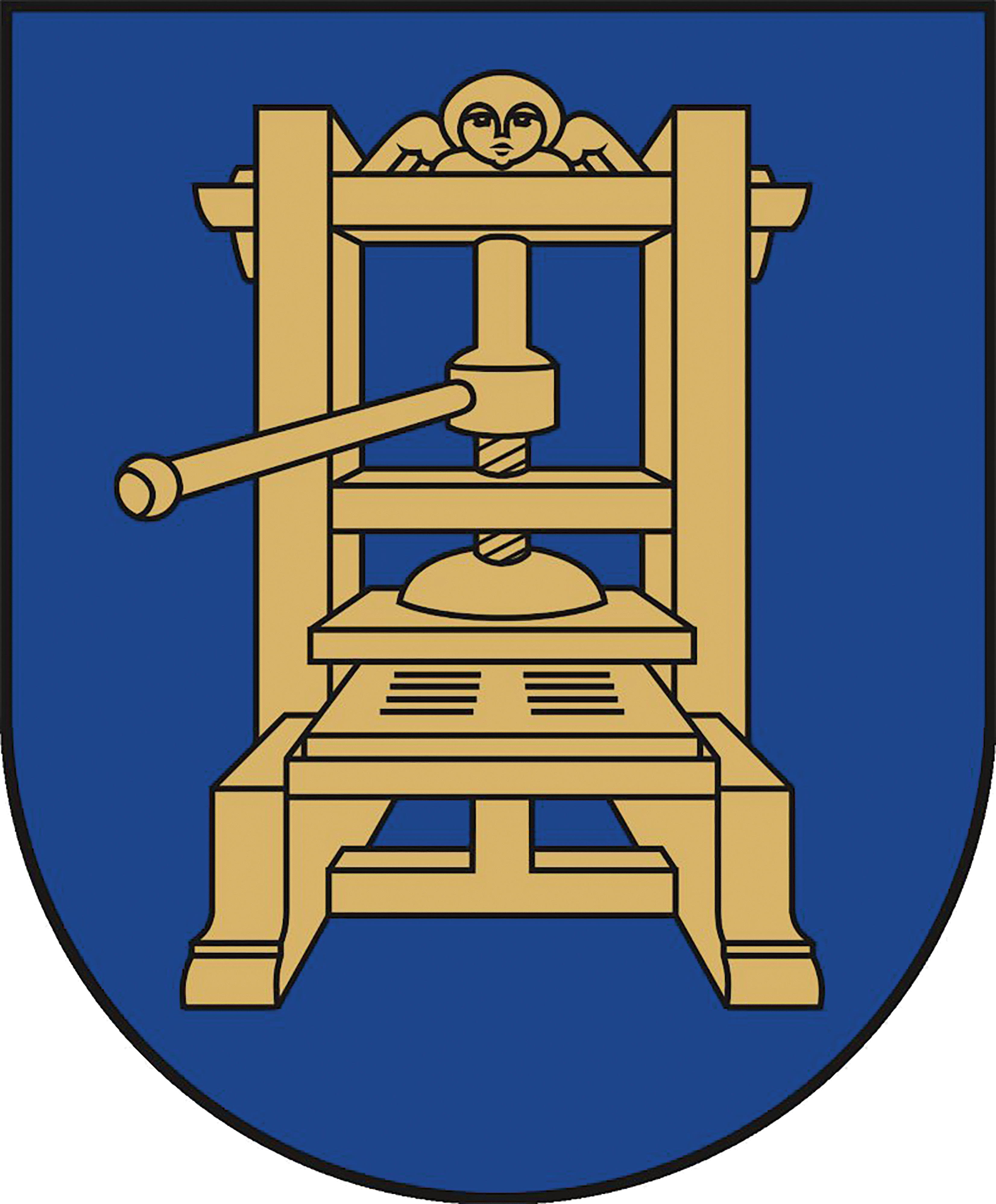 Alternate names: Vievis [Lith], Vevie [Yid], Yev'ye [Rus], Jewie [Pol], Jewje, Yevia, Ev'e, Veviya, Vievio, V'yevis, Viyevis, Vevis, Vėivis, Russian: Евье. וועוויע-Yiddish. 54°46' N, 24°48' E , 21 miles WNW of Vilnius (Vilna), 11 miles NNW of Trakai (Troki). 1900 Jewish population: 647. Słownik Geograficzny Królestwa Polskiego (1880-1902), III, pp. 569-570: "Jewje". The city is surrounded by Lake Vievis. [March 2009]
Alternate names: Vievis [Lith], Vevie [Yid], Yev'ye [Rus], Jewie [Pol], Jewje, Yevia, Ev'e, Veviya, Vievio, V'yevis, Viyevis, Vevis, Vėivis, Russian: Евье. וועוויע-Yiddish. 54°46' N, 24°48' E , 21 miles WNW of Vilnius (Vilna), 11 miles NNW of Trakai (Troki). 1900 Jewish population: 647. Słownik Geograficzny Królestwa Polskiego (1880-1902), III, pp. 569-570: "Jewje". The city is surrounded by Lake Vievis. [March 2009]
CEMETERY: THE VIEVIS JEWISH CEMETERY by Harold Perloff, as well as photographs of fourteen remaining stones in the Jewish cemetery, complete with translations. [December 2001]
5 km from town, the cemetery mostly was destroyed in 1963 by Soviet authorities for the highway. Remaining are thirteen 19th century and one 20th century gravestones, rough hewn granite between 12 and 24 inches wide. [March 2009]
MASS GRAVE: Near Semeligkes, outskirts of forest NE of the town; 176; pic. # 313-314; source: US Commission for the Preservation of America's Heritage Abroad
In 1942, two labor camps at Vievis, one for Soviet prisoners of war and the other for Jews, were supervised by a German military unit. The majority of the Jews were mostly forced to build the Vilnius-Kaunas highway Others were forced to work at German camp supervisors' farms and to sew clothing for the commander's family members. In May 1942, 700 Jews were in the camp; large groups were often removed to be murdered with others arriving to replace them. Prisoners were from the Vilnius and Kaunas ghettos. The greater majority, including the elderly people and children, were transported to Paneriai on a 45 km narrow-gauge railway line from Vievis to Paneriai. The Vievis labour camp was liquidated in December 1943. All its workers were murdered in Paneriai. [March 2009]
[UPDATE] Jewish Cemetery in Vievis [October 2015]